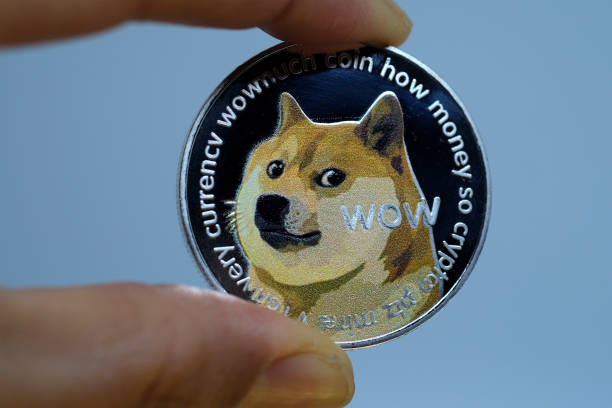
“CryptoKitties,” the most popular game ever released on the Ethereum blockchain to date, became an instant success in December of 2017. About 180,000 people have already signed up for CryptoKitties since the cute creatures were introduced to the world just a few months ago. Over $20 million in ether has already been spent, and at least 10 kitties have sold for more than $100,000.
Yet while the impressive numbers behind this crypto-phenomenon clearly demonstrate its success, most people remain unaware of how and why CryptoKitties came into being in the first place.
Hackathons Breeding Blockchain Innovations
The birth of CryptoKitties (Alpha) happened during the ETHWaterloo hackathon, the world’s largest Ethereum hackathon, which took place in Waterloo, Ontario, Canada, back in October 2017. The project to bring cats to the Ethereum blockchain had a surprise alpha launch during the 36-hour Ethereum-based hackathon, which attracted hundreds of developers, mentors and sponsors from across the globe.
The CryptoKitties team came to the ETHWaterloo hackathon prepared, wearing rainbow-colored cat T-shirts, along with cat-balloons marked as the “CryptoKitties Team.” The four-person team also handed out customized Pokemon business cards and stickers featuring a link to their website. The alpha launch during the hackathon featured different breeding challenges that demonstrated how CryptoKitties could produce offspring. Winners of these challenges were rewarded with ether.
According to ETHWaterloo’s organizer, Liam Horne, the CryptoKitties team joined the hackathon with a new and innovative idea for the Ethereum blockchain, along with a truly creative marketing strategy.
“The four-person CryptoKitties team was building an entirely new technology on the Ethereum blockchain, but also had the business skills to get the word out,” Horne told Bitcoin Magazine. “For instance, each ETHWaterloo participant was gifted two CryptoKitties. A total of 50 CryptoKitties were given away at the start of the event. From there, users were able to trade and breed hundreds of cute, collectible, digital cats. By the end of the hackathon, hackers, cryptocurrency enthusiasts and other curious users had bred over 1,500 CryptoKitties in just 36 hours.”
At the end of the event, the CryptoKitties team was chosen as one of the 8 winners, which opened up several new opportunities, including the chance to meet with some VC firms. Their win also marked the start of a surge of media exposure that expanded to several mainstream media outlets.
Hackathons Spark Creativity
The idea may have once sounded crazy, but it turns out that putting kitties on the blockchain has become all the rage. Yet none of this would have been possible without the support of the ETHWaterloo hackathon.
“People usually perceive hackathons as being competitions,” said Horne, who has been organizing hackathons since his university days. “The ETHWaterloo hackathon, however, was not about this. We framed this as an event where programmers fascinated by Ethereum could be in the same room for 36 hours. The purpose of this was to experiment and have fun with Ethereum-based blockchain technology.”
He said that the CryptoKitties team was given advice from mentors, feedback from sponsors and a chance to test out their ideas with other programmers who understood the value of having digital cats on the Ethereum platform.
This in mind, Horne believes that hackathons are crucial for sparking new innovations in blockchain technology. The next Ethereum hackathon is set to take place in Denver next month. This event will be supported by Horne’s new initiative called ETHGlobal, which will help hackathon organizers around the world launch their own ETHWaterloo-style hackathons.
“Hackathons are simply a place for great minds to come together for a short period of time with the explicit goal of producing something practical and tangible using some kind of technology. It is astonishing how much can be done when you get the right group of people together for a weekend to just have fun and build something they find interesting,” said Horne.
“I have seen prototypes be built that have later turned into profitable businesses; projects that were dreamed of, built, launched and used by hundreds of people in the span of 36 hours at hackathons like ETHWaterloo.
“The most valuable component, however, is what happens after the hackathon ends. Every now and then a team of hackers will keep working together on their hack and the event will act as a catalyst for a project that could become quite meaningful and interesting to the world, and to investors.”
Ultimately, hackathons allow hackers to work together with other people who are interested in the same technology, providing an additional set of ears, eyes and more ideas. In particular, hackathons in emerging tech fields — such as blockchain technology — allow hackers to come up with fresh projects that could eventually turn into something much larger down the road, like CryptoKitties. And with over 500,000 people listed as interested in attending Ethereum Meetups worldwide, blockchain-based hackathons are bound to breed many more unique and clever innovations in the future.









